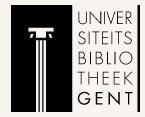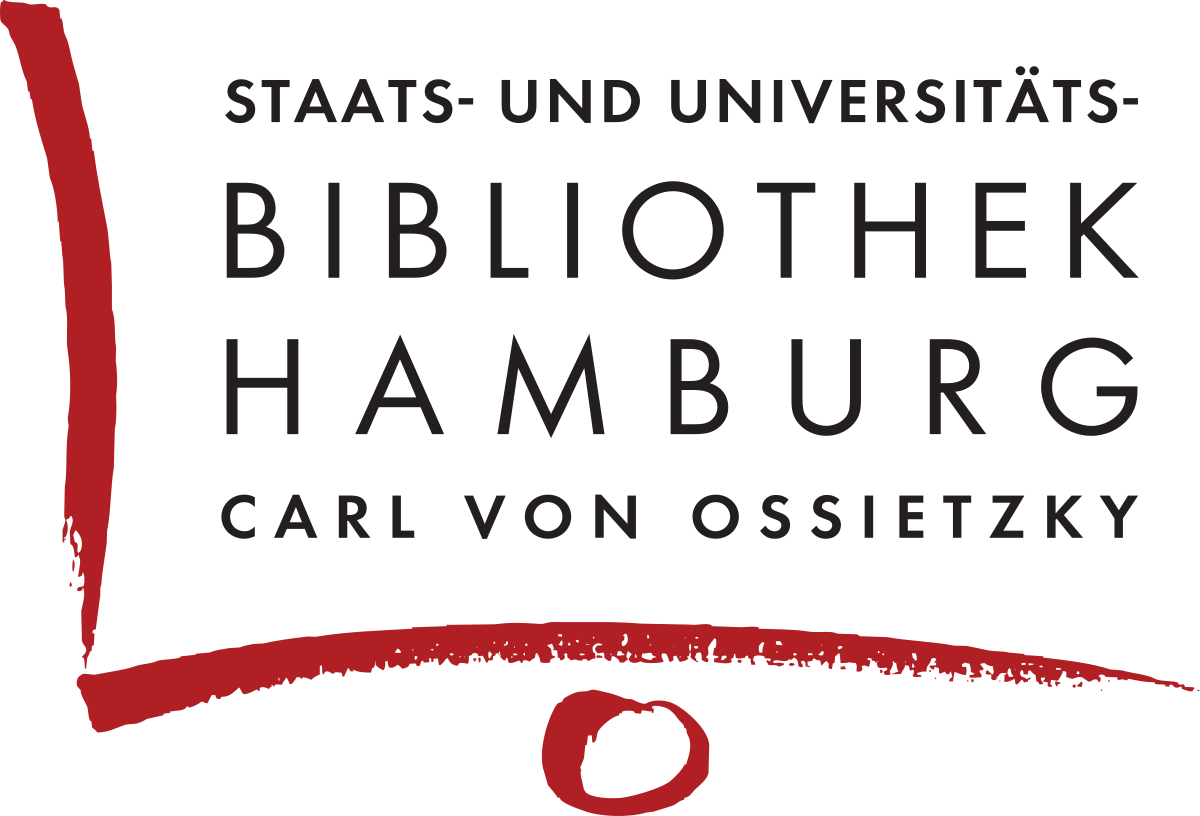The life-and-death issue caused by the Nagorno-Karabakh war (according to N. Abgaryan's, A. Aylisli's, G. Movlud’s novels)
DOI:
https://doi.org/10.61671/hos.8.2025.9095Keywords:
The Nagorno-Karabakh War, the post-war world, metaphors, symbols, and an issue of life and deathAbstract
The Nagorno-Karabakh conflict is a territorial and ethnic dispute between Azerbaijan and Armenia, mainly centered around the entire Nagorno-Karabakh region. The Nagorno-Karabakh conflict between Azerbaijan and Armenia started from the beginning of the early 20th century, and escalated into a full-scale war in the late 1980s, during the collapse of the Soviet Union, resulting in the Armenian side gaining control of Nagorno-Karabakh and seven surrounding regions.
In 2020, Azerbaijan regained a number of territories, including the strategically important city of Shusha, after a 44-day war, and in November 2020, a ceasefire agreement was made between Azerbaijan and Sukhoi with Russian mediation. As a part of the agreement, Armenia withdrew from some occupied territories, while the main area of Nagorno-Karabakh remained in Azerbaijani hands, although Russian peacekeepers were positioned in the region. The conflict caused mass migration, casualties, and trauma on both sides, and had a significant impact on the societies of both Armenia and Azerbaijan, which was
clearly written in Akram Aylisli's novel "Stone Dreams," Günel Movludi's novel "The Camp," and Narine Abgaryan's fiction novels "To Live On," which thoughtfully speak about the war, the post-war period, and the fate of people who lost all kinds of property, thrown out of their land, homes, and accustomed lives.
All three authors, in their works – with a sharp eye, a poisonous tongue, and a sharp mind – used the most characteristic and complicated forms of artistic thought – metaphors and symbols. In the work, the authors metaphorically and clearly depict the "life-and-death issue" caused by the result of the Nagorno-Karabakh war. The authors also use symbolic language to describe the intersection of the historical and cultural context of the post-war period and their fusion with the material environment, where collapsed buildings, destroyed gardens, and ransacked houses are replaced by symbols and a mirror reflection of people's spiritual experiences of life and death is presented.
The characters in the work try to find their way in a new reality where the boundaries of life and death are often vague.
Each writer offers us to show human tragedy from different perspectives, moral and spiritual pain, seen and experienced with their own eyes. Akram Aylisli's "Stone Dreams", Günel Movludi's "Camp" and Narine Abgaryan's "To Live On" are works where the writers were able to overcome hostility and cruelty within themselves by rising above the gravest human vices, enduring and liberating the pain and suffering of the opposite side. Special attention is paid to the literary strategies, symbols and metaphors used by the authors, which express the catastrophic truth of the post-war world. The writers express themselves what they have seen and experienced with their own eyes. Their desire is to express with all their souls the pain and trauma that change a person’s life. All three authors speak about the economic difficulties and psychological trauma experienced by internally migrated people, and often touch on the topics of conflict and war.



































